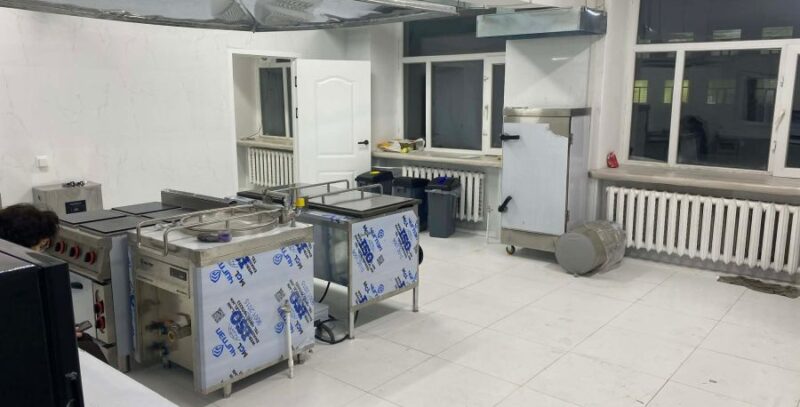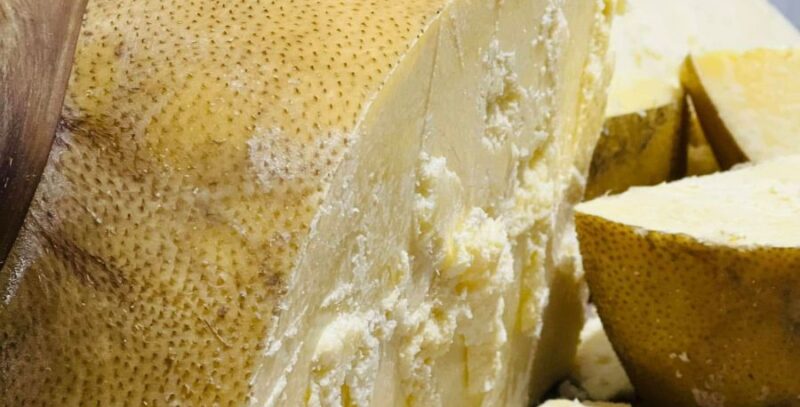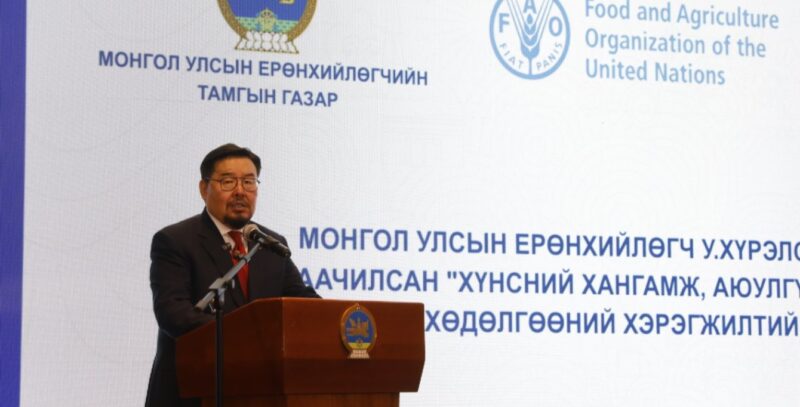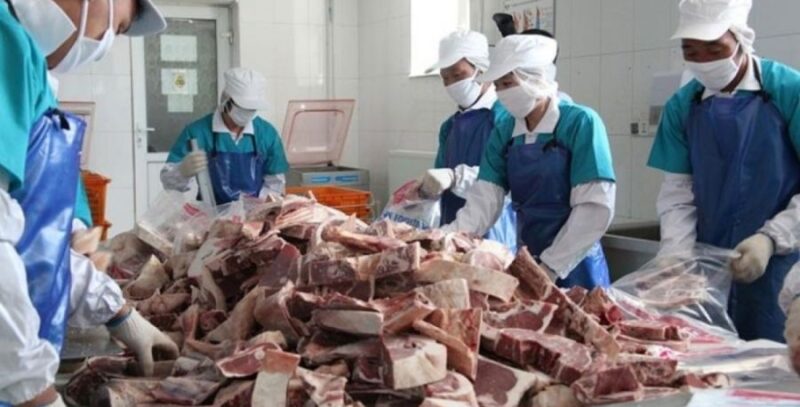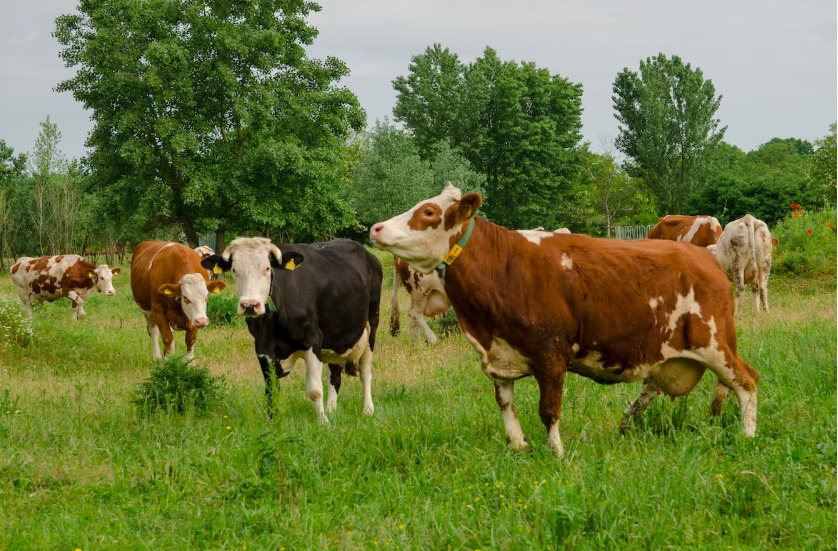
04/11/2022 Singapore
While meat-alternative, plant-based, processed foods are now well established in supermarkets in many countries in Asia and the Pacific, cell-based food production, derived directly from cells of animals, though not as widely known, could be for sale to consumers in the near future, experts from the Food and Agriculture Organization of the United Nations (FAO), said today.
Also known as cellular agriculture, the process involves culturing cells isolated from animals, followed by processing techniques that result in food products comparable to their corresponding animal versions, such as meat, poultry and seafood.
Cell-based meat is produced from a living animal’s cell culture through the latest advances in biotechnology and molecular biology. The animal itself is not reproduced – it is not cloning – but the process results in a consumable product that resembles traditional meat.
Some people believe cell-based food production has the potential to enhance food security and meet the rising demand for proteins, while maintaining environmental sustainability. This ‘future food’, as some call it, is actually closer to the present than many realize, as various cell-based food products are already in production, and are awaiting regulatory approvals.
With the realization that these products may become available on the market soon, developers, regulators, researchers and non-governmental organizations are working together to ensure food safety, sustainability, animal welfare, nutritional values and other related matters of concern are addressed beforehand.
In that context, FAO, in collaboration with the World Health Organization (WHO), has organized an Expert Consultation in Singapore with participants from 15 Member Nations. The meeting is the first global initiative to conduct food safety hazard identification as the first step to evaluate the safety of cell-based food.
As with all foods, safety must come first
The experts report that with cell-based food, the same risks and hazards will need to be addressed as those found in conventionally produced food. Microbiological contamination, chemical residues or by-products during production or processing will need to be carefully avoided.
The experts concluded, however, that microbial contamination during culture would typically be expected to inhibit cell growth. If the cells have grown and reached product expectations for harvest, then such contamination did not occur during the production process but could still manifest post-harvest, as is the case with any other food product.
Risk mitigation tools already available for the management of hazards, such as good hygienic practices and Hazard Identification and Critical Control Points (HACCP), are also applicable to these new production methods, the experts said.
The technical panel highlighted that food safety assurance plans would also need to pay close attention to materials, inputs, ingredients and equipment that can be specific to cell food production, referring to the use of new substance applications to nourish the cells; and the possibility of allergic reactions to the materials used in production. However, while such applications can be new, experts concluded that existing preventative measures and safety assurance tools will also be applicable to control such hazards.
The Government of Singapore, which took part in hosting the meeting, is the first country to approve a cell-based food product. Singapore has developed a checklist for conducting food safety assessments of the products, and later issued a policy document, which includes guidance for developers and companies to adhere to the regulatory requirements and registration.
The full results of the expert consultation will be made available in a publication in early 2023 as part of greater efforts to facilitate understanding and management of these new food products.
Read more about the initiative of food safety aspects of cell-based food as well as for more information about food safety on the FAO site and WHO site.



